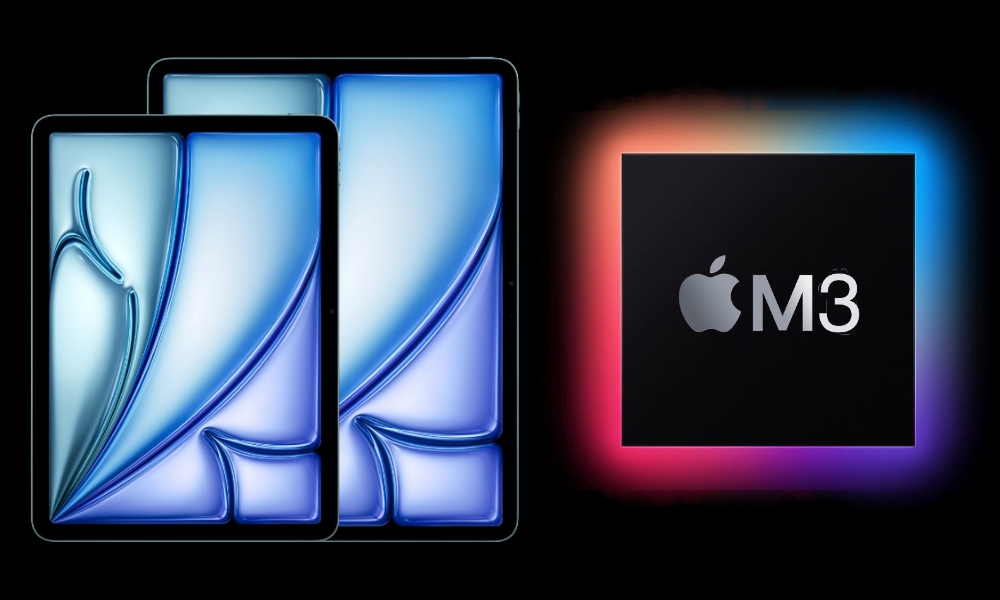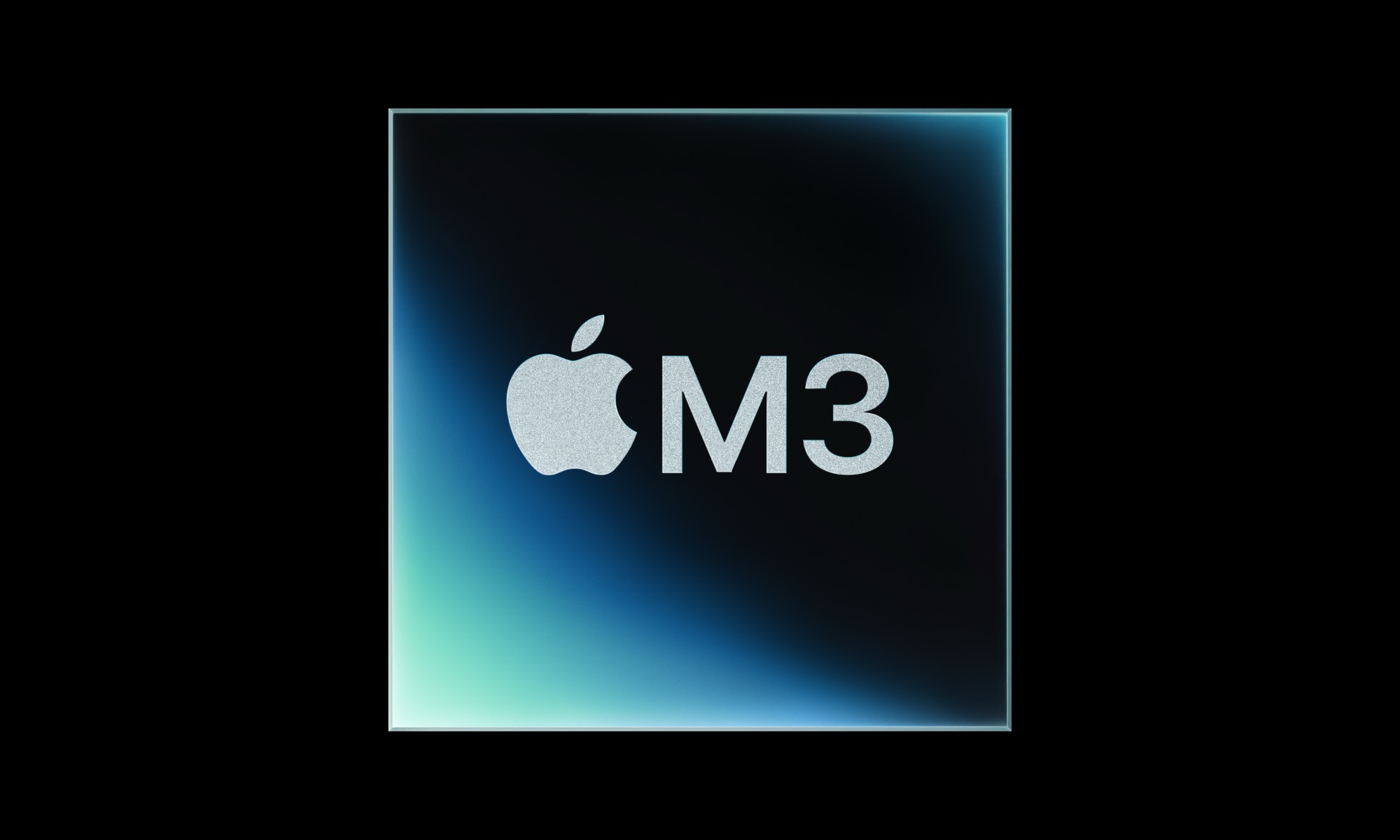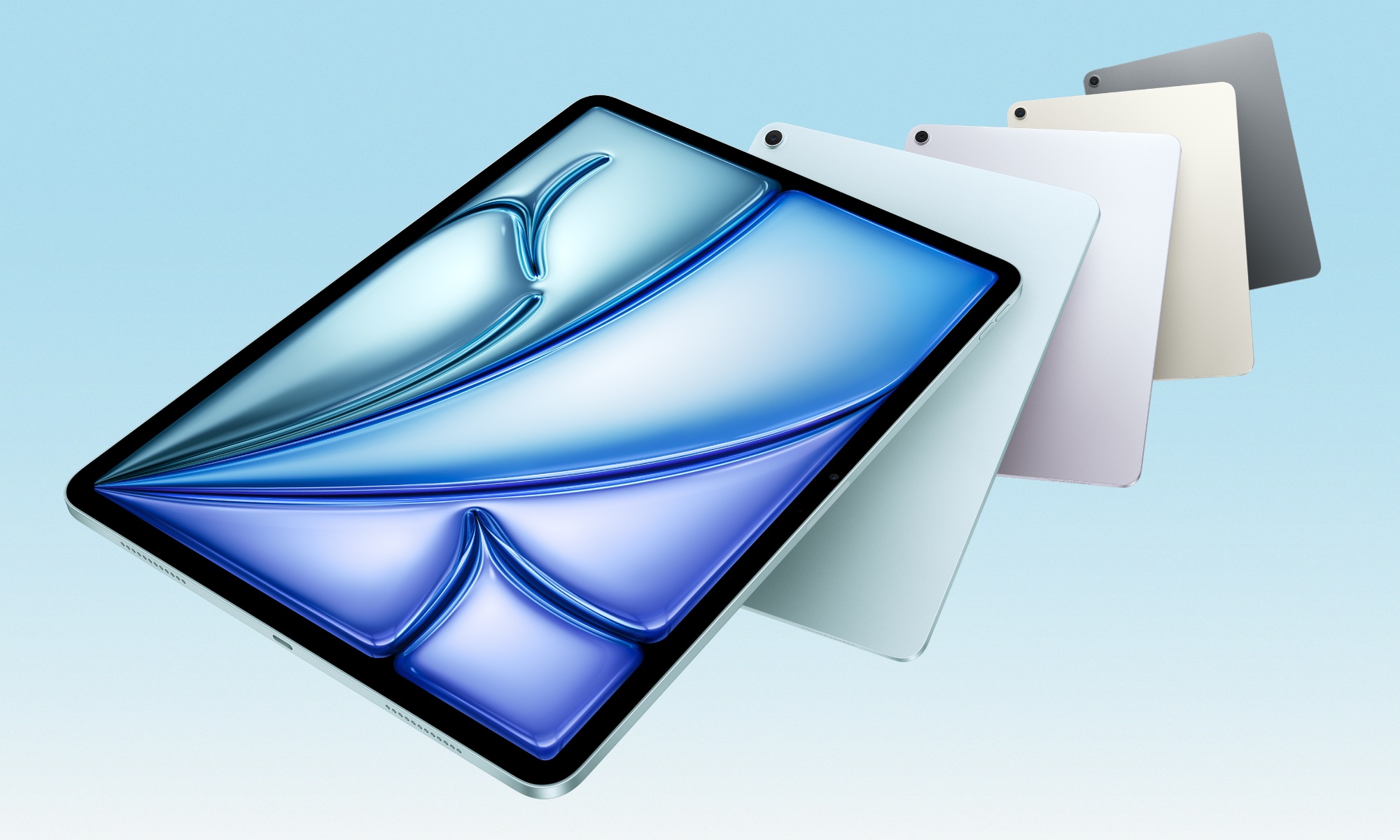Apple Unveils New iPad Air with an M3 Chip (And Nothing Else)

Toggle Dark Mode
Apple has been tossing out curveballs left and right this year. First, the long-anticipated successor to the iPhone SE turned out to be the iPhone 16e. Now, on the day everyone was expecting a new M4 MacBook Air, the company has instead unveiled a new M3 iPad Air.
That’s definitely something we didn’t have on our bingo card for this week. After all, the M3 MacBook Air was released one year ago today, while the M2 iPad Air didn’t arrive until May. Even Bloomberg’s Mark Gurman was off on this one, predicting in his Power On newsletter on Sunday that the M4 MacBook Air was “imminent” while the iPad “probably won’t come in the next few days.”
At this point, we’re starting to wonder if Apple is messing with the usual pundits. An M4 MacBook Air would undoubtedly have been a more logical release for today, but while there’s no doubt that’s still on the way, Apple chose to lead with the iPad Air. In retrospect, we probably should have read the tea leaves from Tim Cook’s teaser more carefully yesterday, as the video clip and the word “Air” certainly does feel more iPad-like than Mac-like.
Apple also surprised us by releasing the new iPad Air with an M3 chip. Many speculated that the company would move to the M4 chip due to the interim and problematic nature of the M3. That chip was fabricated using an early 3-nanometer N3B process that had serious yield problems. It never saw a full rollout in Apple’s Macs.
The counterargument to this was that the iPad Pro already has the M4 chip. However, Apple’s MacBook Air and MacBook Pro models have shared the same chips since Apple silicon was introduced. There was no reason the iPad Air and iPad Pro couldn’t take a page out of that book.
Nevertheless, the M3 iPad Air is what we got. We have to assume that Apple has a lot of extra M3 chips kicking around, as it’s highly unlikely that Apple has TSMC making that chip anymore.
Further, the M3 chip in the new iPad Air has a 9-core GPU. That configuration was never used on any Macs; the entry-level MacBook Air and iMac had an M3 with an 8-core GPU, while all others had a 10-core version. This lends weight to the theory that Apple is using surplus stock from its N3B process, and follows the path of the iPad mini 7, which has a five-core GPU that was never seen in the iPhone 15 Pro or iPhone Pro Max — the only other devices to use that chip.
As with the iPad mini, the new iPad Air’s GPU cores match those of its M2 predecessor. It’s worth noting that the chip is the only thing that’s changed in this year’s refresh. It almost feels like Apple rushed this one out after only ten months solely to get rid of surplus M3 chips.
The M3 iPad Air remains available in 11-inch and 13-inch versions. These have identical dimensions to their M2 predecessors while shaving off only two grams in weight. The display (despite rumors of a 90Hz upgrade), speakers, microphones, cameras, accessory support, and even battery life remain unchanged, as do the colors.
In fact, the only new features the M3 iPad Air offers are those provided by the M3 chip. You’ll get hardware-accelerated ray tracing for gaming and support for more video formats at a hardware level, expanding the H.264 and HEVC support of the M2 version to include 8K HEVC, ProRes, ProRes RAW, and AV1. Those are nice bonuses for gamers and serious video editors, but will make no difference to anyone else.
Even more interesting is that this is the shortest time span between two releases of the same iPad model since 2012, when Apple unveiled a fourth-generation iPad only six months after the third-generation was released. That rapid update moved us away from Apple’s legacy 30-pin Dock Connector to embrace the then-new Lightning port that had just come to the iPhone 5 and even the seventh-generation iPod nano.
This ten-month refresh seems to serve even less of a useful purpose. Nobody was complaining that the M2 iPad Air was slow, and the incremental gains of an M3 chip probably won’t make much difference to its target audience. I suspect Apple’s move here is more logistical than anything else; the company was likely running out of M2 chip inventory, and clearly has a pile of oddball 9-core GPU M3 chips laying around that it needs to get rid of while it still can.
Of course, that doesn’t mean the M3 iPad Air isn’t a great product, but it’s a minor spec-bump, at best. The price is the same as last year’s M2 iPad Air, so it’s an easy buy if you want a new iPad in this class. Still, you may also be able to save a bit of money without giving up much thanks to the inevitable discounts that we’ll soon see on the M2 iPad Air as retailers begin clearing out stock of the now-discontinued model.









